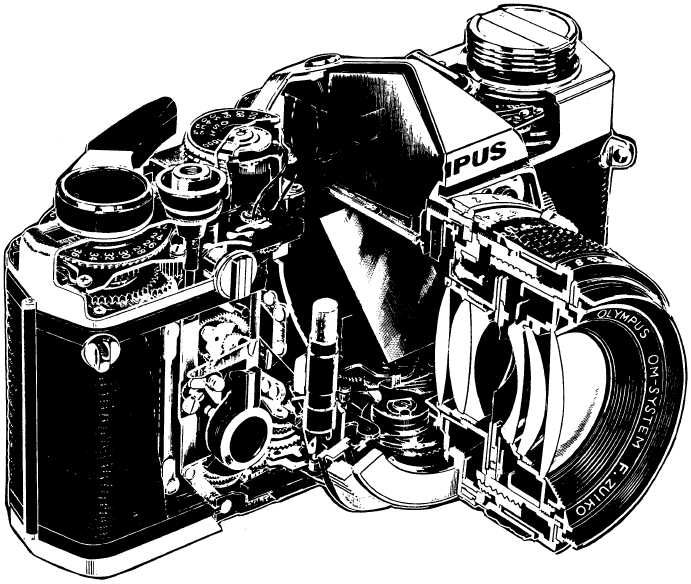Figure 11-3.—A cutaway view of a 35mm SLR camera.
cutaway view of a 35mm SLR camera is shown in figure
11-3, and the basic principle of the SLR camera is
shown in figure 11-4.
The mirror, set at a 45-degree angle to the optical
axis, reflects the image through a pentaprism that
accomplishes vertical and lateral correction of the image.
At the moment of exposure, viewing is disrupted for a
split second, as the spring-operated mirror swings out of
the lens-to-film optical path. The mirror then
automatically returns to its original position for the next
exposure.
Important advantages of the SLR design are the
ease of viewing and focusing and the photographer’s
ability to judge the effect of the depth of field at a
selected aperture. Depth of field will be covered later in
this chapter.
Probably the most important advantage of the SLR
camera is the ease with which it can be used. Its small
size and compactness enables photographers to carry
them strapped around their neck or over their shoulder.
Little preparation is necessary for them to be put into
operation. Another advantage is the rapid film-changing
devices incorporated into the cameras. They can be used
to great advantage when many photographs must be
made in a short period of time. Design of the average
SLR camera is such that minimum time is required for
making the settings and winding the film.
Because most SLR cameras make as many as 36
exposures on a single roll of 35mm film, the
photographer can carry enough film in one pocket to
make many exposures. This type of camera is helpful for
news and action photography where several pictures
must be made in a short time. It is also indispensable for
color slide work.
11-4

